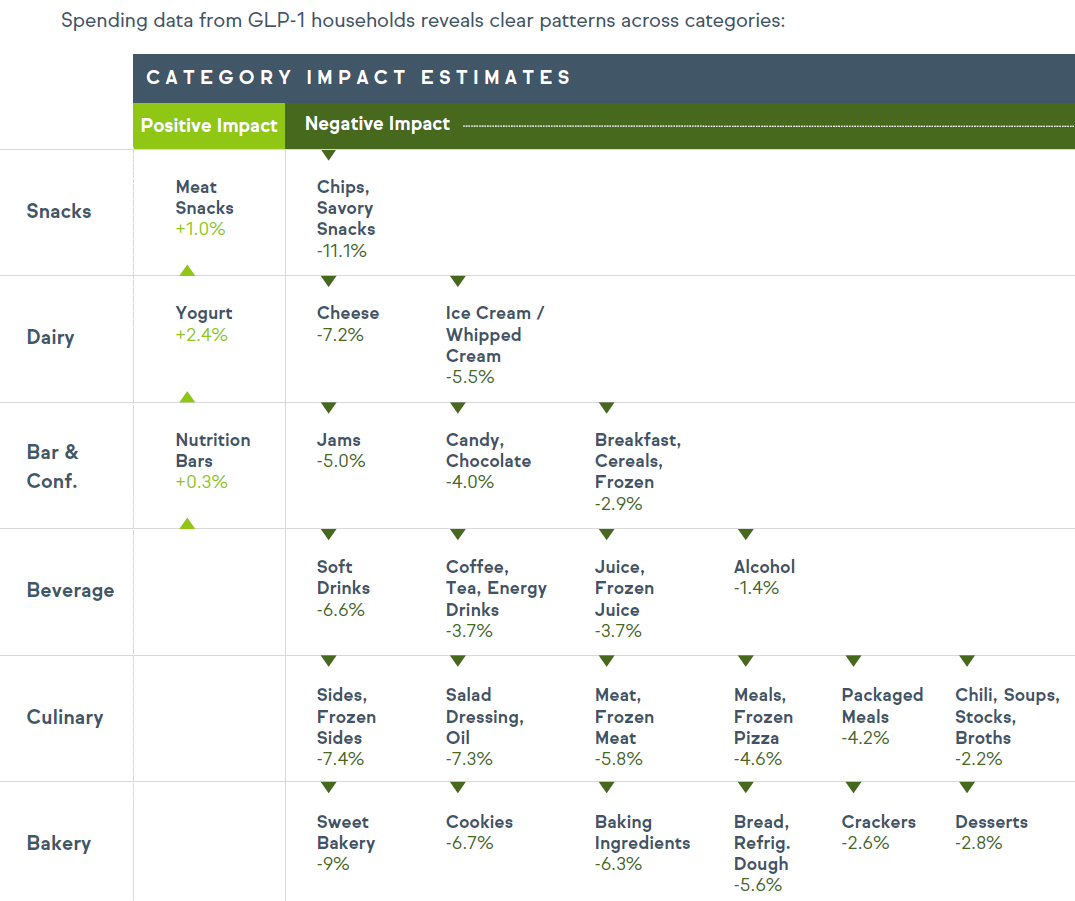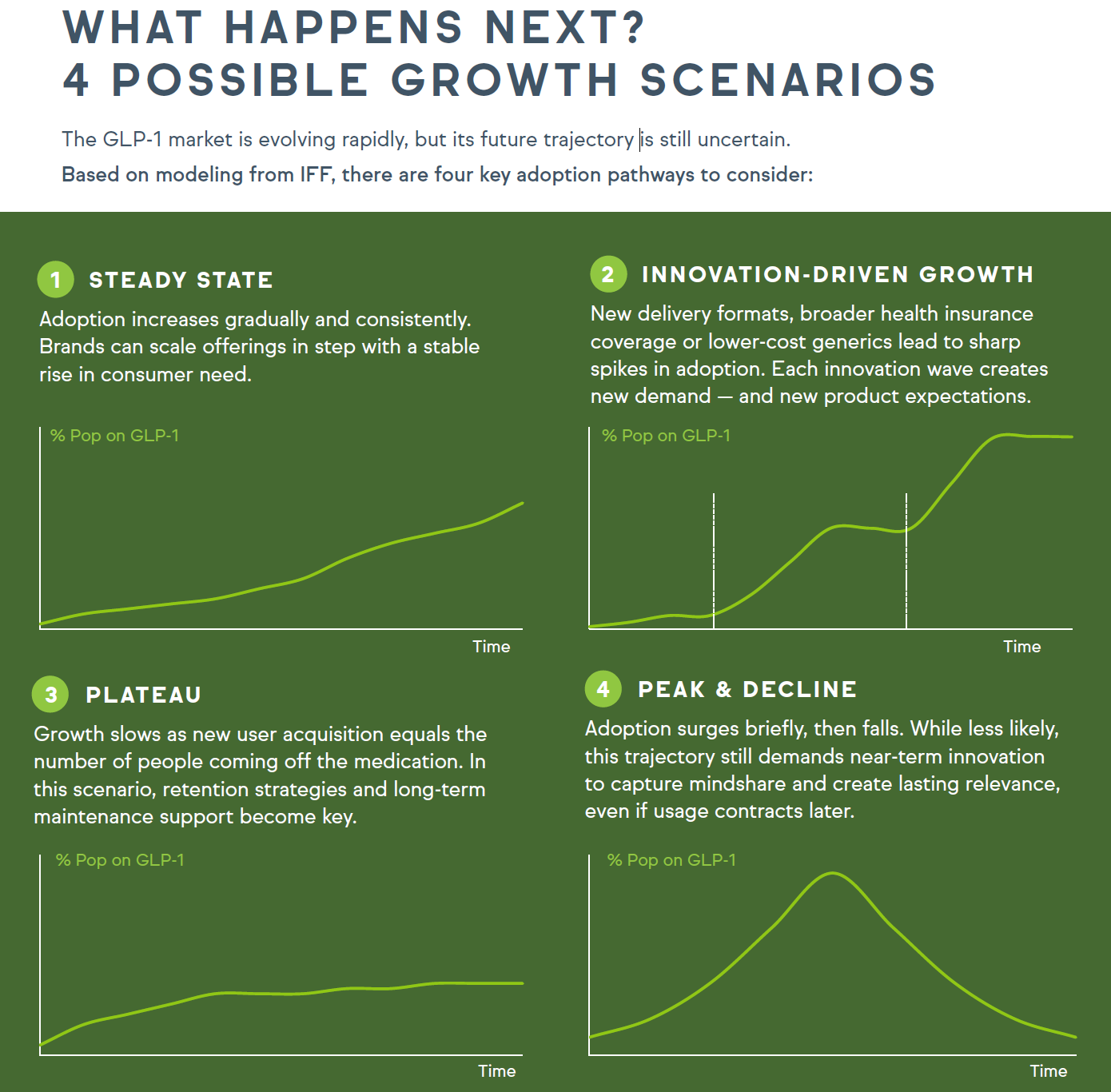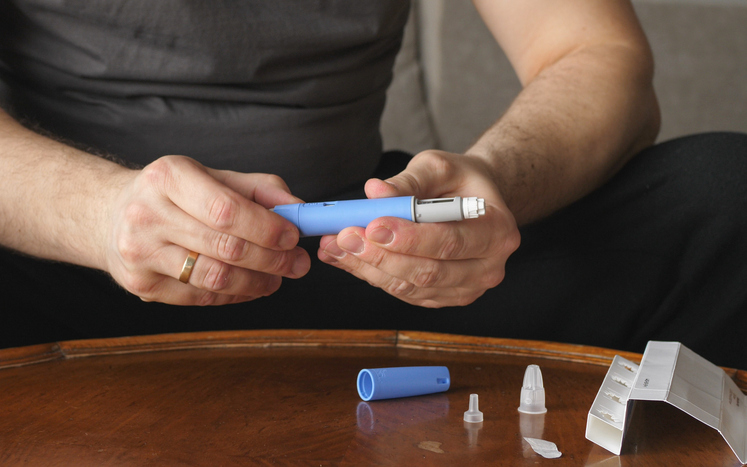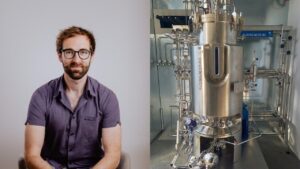Eighty-five percent of US GLP-1 drug consumers report major changes in their food and beverage preferences after starting the medications, says a new report from ingredients giant IFF. And it’s not just about cutting down on junk food.
“GLP-1s alter taste perception… and commonly disrupt the perception of sweetness, bitterness, fatty foods and even mouthfeel, especially during early treatment phases,” says the firm, which has been conducting ongoing research into the food preferences of consumers on the weight loss and diabetes management medications.
“Foods that once tasted normal can suddenly seem off-putting or intolerable. Among the most frequently rejected foods are fatty dishes, deli meats, sweets, coffee and alcohol, while new preferences include fruits, lean proteins and plant-based items,” adds IFF, which has developed a suite of “AI-refined, consumer-tested product concepts” to help food and beverage manufacturers optimize portfolios for users on these medications.
“At the same time, dry mouth and digestive side effects can further impact texture preferences. Dry, sticky or overly dense products can quickly become unappealing, leading to rejection of foods and beverages, including familiar favorites.”
“GLP-1 consumers have unmet needs, often finding themselves skipping meals and experiencing downstream health effects like muscle loss and fatigue.” IFF
Conventional diet talk falls flat with GLP-1 users
Similarly, messaging that has traditionally been designed to appeal to people watching their weight doesn’t resonate at all with GLP-1 users, who don’t need to be told to “control cravings,” watch calories, or select “guilt-free” options, notes IFF.
Some easy messaging shifts include:
- From “low-calorie” to “nutrient-packed”
- From “control cravings” to “support your journey”
- From “guilt-free” to “made to feel good”
This new class of drugs isn’t a fad or a trend, says IFF, which has developed a series of consumer personas of GLP-1 users with distinct values, health goals and emotional drivers. “They’re a clinical breakthrough that’s rapidly transforming both consumer behavior and product expectations across the food and beverage landscape.”
Distinct groups of GLP-1 users
According to IFF, food and beverage manufacturers need to think about the different needs of three consumer groups: active users of the medications, those transitioning off the drugs, and those seeking to sustain results after coming off the drugs.
For the first group, who are “eating less but need more from every bite,” formulators need to think about hydration, muscle mass maintenance, satiety, digestive support and the sensory issues identified above.
People in this group may also seek out products to help them manage the side effects of the drugs, which can include nausea and digestive issues, says IFF.
Here, ginger-infused products, chamomile or peppermint, can help, along with small, nutrient-dense product formats that deliver protein, fiber, hydration and micronutrients efficiently, without overwhelming the body or palate, it says. “From protein isolates and prebiotic fibers to gut-supporting probiotics and enzyme systems, the right nutrition must be built into the experience.”
“GLP-1 consumers often skip breakfast due to low morning appetite. But breakfast is a critical nutritional touchpoint. We brought this insight to our team and asked: how can we nourish without overwhelming?” IFF

Meat snacks, yogurts, nutrition bars up, salty snacks, soda, ice cream down
So what does all this mean for food & beverage spending?
Data from GLP-1 households suggest increases in purchases of meat snacks, yogurt, and nutrition bars, with declines across most other categories, most notably in chips and savory snacks, sweet bakery, candy, chocolate and cookies, soft drinks, ice cream, and cheese.
“While the negative figures may seem discouraging,” says IFF, “They highlight unmet needs, not lost causes. Many of these categories have strong emotional or habitual relevance and with the right product reformulations focused on flavor balance, nutritional content, portion control and better textures, there is tremendous opportunity to reinvigorate these categories for the GLP-1 consumer.”
According to a 2024 KFF Health Tracking Poll cited in the IFF report, 12% of US adults have been on a GLP-1 medication at least once in their lives, while 6% of US adults are currently on a GLP-1 drug.
Using data from the KFFpoll, Cornell University, and Euromonitor, IFF estimates that GLP-1 consumers currently represent a $56 billion share of US household food and beverage spend — a sizable segment of the nation’s $939 billion food and beverage retail market.
“But this figure is just the beginning,” says IFF. “As adoption increases, so does the potential impact on category performance, portfolio strategy and innovation priorities.”

Further reading:
How are GLP-1 drugs impacting spending on food and dietary supplements?
GLP-1 users’ grocery spending drops, but then levels out after 12 months – Circana data



